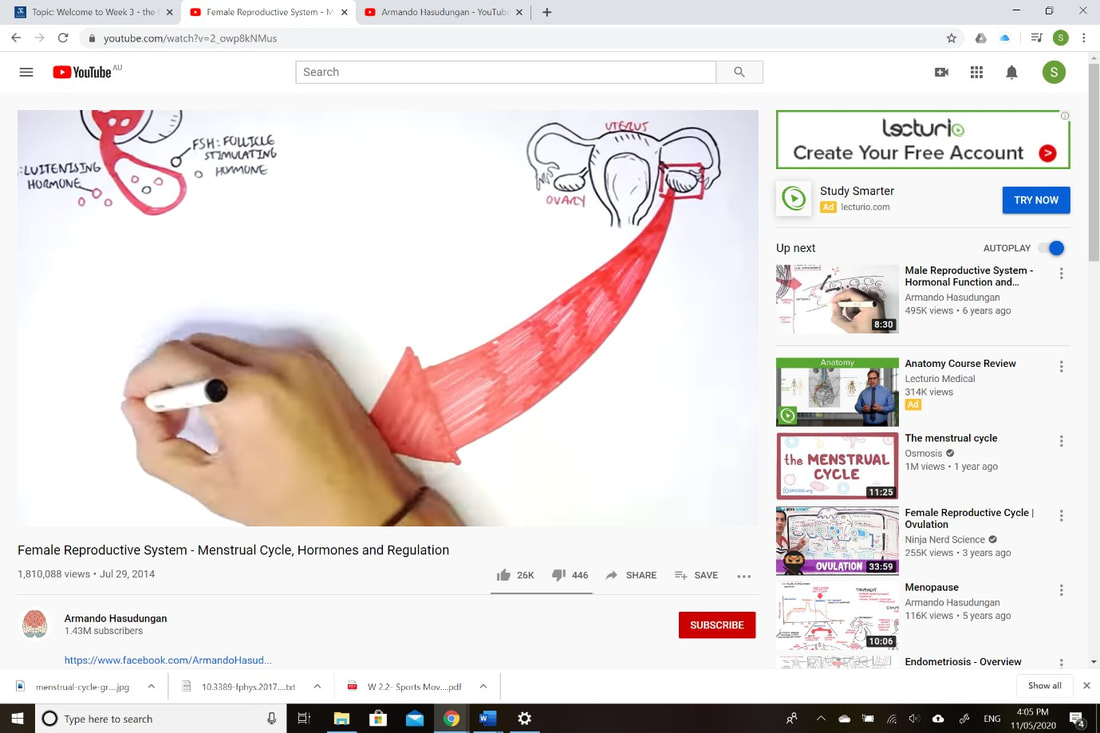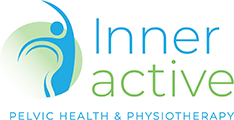
Want to know just how complex a female’s menstrual cycle is?
Take a look at this video which details the intricate relationship between the endocrine system (hormones) and the menstrual cycle.
It’s so important to understand “normal” menstrual function in order to identify times when this process is disrupted or impaired. Although there is natural variability amongst women, a typical menstrual cycle is around 28 days and is essentially the body’s monthly response to not being pregnant (i.e. the egg released by the ovaries is not fertilised and thus the endometrial lining is shed).
The delicate interplay of hormones, genetics, nutrition, physical health, and behavioural factors can all play a role in the female menstrual cycle. These influences are incredibly important to maintain normal cyclic menstrual function and if necessary, they can be used to address any changes or abnormalities that may arise throughout the female lifetime (e.g. menopause).
So what are common facts about menstrual cycles?
- The average age of menarche (first period) is about 12 to 14 years
- Menopause can occur between 45 to 55 years
- The period can last from 4-8 days
Period pain occurs as a result of the uterus muscle contracting. This pain can be associated with a feeling of heaviness, cramping in the lower abdominal or lower back region usually occurring in the first 1-2 days of your period. This pain should not be debilitating, stopping you from engaging in your normal activities. It is important to reach out to your healthcare provider if you have any concerns regarding your menstrual cycle and periods. Your doctor may recommend you see a specialist such as a gynecologist.
At Inner Active Pelvic Health Physiotherapy we work closely with both doctors and gynecologists to assist women who may be experiencing significant pain with their periods. Physiotherapy can provide effective ways to address to help ease the cramping that can develop from muscle spasms. Treatment depends on your symptoms and specific inidviual goals , but can include any of the following:
- Education and helping you understand your pain condition
- Customized stretching techniques targetting the low-back and abdominal muscles
- Exercise and education on self-management strategies
If you are experiencing pain with your periods- do reach out and get some help, pain does not need to impact your quality of life. Contact us HERE .
Written by Sarah Henderson
Resources
About the menstrual cycle – fact sheet
References
Mihm M, Gangooly S, Muttukrishna S. The normal menstrual cycle. Anim Reprod Sci. 2011;124:229–36.
Speroff L, Glass R, Kase N. Regulation of the menstrual cycle. In: Clinical gynecologic endocrinology and infertility. 7th edn. Philadelphia: Lippincott, Williams and Wilkins, 2005.
Armando Hasudungan (2014). Female Reproductive System – Menstrual Cycle, Hormones and Regulation, Retrieved from https://www.youtube.com/watch?v=2_owp8kNMus, May, 2020
Norman, R.L. (2014). The Human Menstrual Cycle, In: Robert-McComb J.J., Norman R.L., Zumwalt M. (eds) The Active Female. Springer, New York, NY





